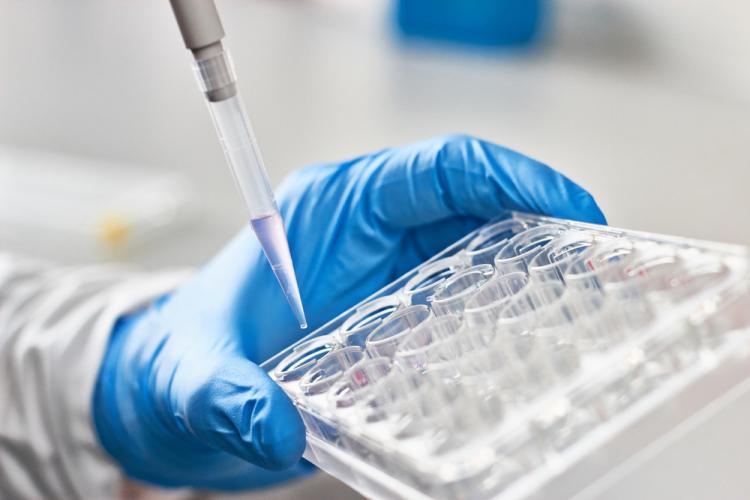eTRANSAFE’s in silico tools can be used to combine and mine drug safety data and ultimately cut down on the number of animal models needed for toxicity testing

Before drugs can be tested in humans, medicines regulators require pharma companies to assess the safety of a drug candidate based on animal studies. These animals, mainly rats and dogs, are administered the compound that is being investigated at different doses while another animal group is used as control, meaning they don't receive the drug candidate. The data that pharma companies can glean from the animals treated with the drug candidate is usually highly confidential. But the data from the untreated control group? Not so much.
This means that pharma companies could share data from animal control groups among each other and use them to make for a better design of preclinical studies. The problem is that even when there is a lot of existing toxicity data out there, it’s scattered among its owners and it is also stored in different formats. eTRANSAFE’s mission is to use computer wizardry to bring this data together and use it to better understand and predict drug safety, resulting in safer drugs while reducing the number of animals used in research, part of a wider trend in biomedical research (see the 3Rs).
A potential 25% reduction
As a concept, sharing non-confidential data from studies that have gone before is not new, and historical control data is already used for evaluation of rare effects in animal studies, but is not yet used to replace animals in control groups. In human clinical trials, virtual controls have already been used for a couple of years despite the fact that humans are a heterogeneous lot. eTRANSAFE is confident that this will prove less problematic in animals as they are raised and kept in very standardised conditions.
Since in a usual animal study, 25% of the animals are used as controls, the suggested approach has the potential to reduce the number of animals needed by a quarter. The idea has already piqued the interest of other organisations, and several, such as a small US-based pharmaceutical company, have already expressed interest in purchasing the database.
In the coming months, a proof-of-concept will be carried out using as many as 500 studies identified by the eTRANSAFE pharma partners. They will take already completed studies, replace the original control group with the virtual control group, and compare the findings. If the results are promising, the project will request a meeting with the European Medicines Agency to assess whether the virtual control group concept could satisfy the requirements for animal toxicology studies.
Another of the tools in the project’s bag of tricks is a model building software called Flame, a user-friendly open source prediction engine that produces well-documented machine learning models that can be easily shared between companies or academics. Flame allows the use of existing animal data (shared and confidential) to develop models that help predicting potential side effects in animals and human. In other words, they will help selecting better drug candidates and refining preclinical studies, thereby reducing animal use.
Related
Sophisticated computing and human cell cultures are helping minimise animal use in drug development
